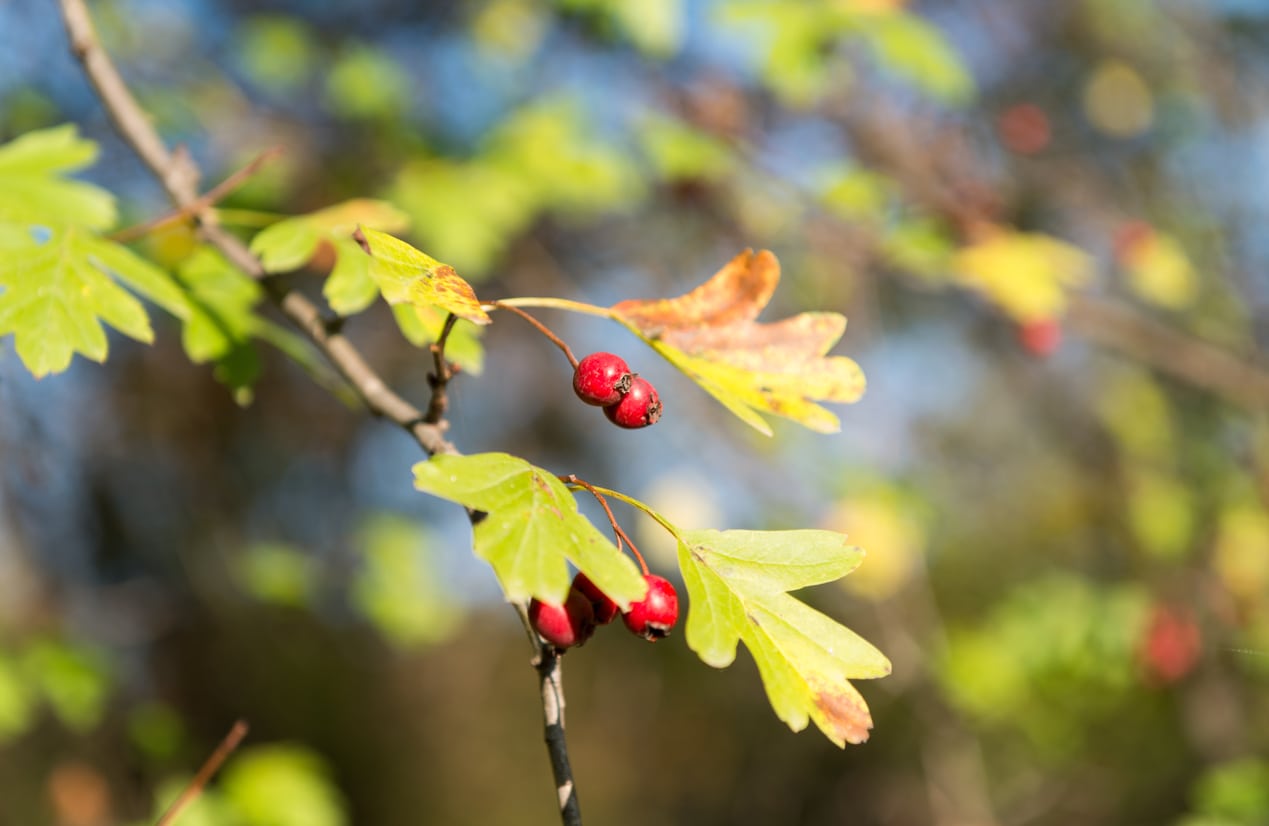Mayhaw Tree Complications: Common Problems With Mayhaw Trees


The mayhaw is a little known and little grown fruiting tree native to the southern United States. A variety of hawthorn, this tree produces large, tasty fruits that are harvested to make jellies, pies, and syrups that are a delicious and well-kept secret of the South. If you want mayhaw fruits, it’s important to have a healthy mayhaw tree. Keep reading to learn more about common problems with mayhaw trees and how to troubleshoot mayhaw issues.
What’s Wrong with My Mayhaw?
Since they are not often grown commercially, there’s a lot that’s still unstudied about mayhaw problems and how to fix them. We do, however, know a decent amount about issues gardeners encounter and how they deal with them. For example, there are a few diseases that frequently strike mayhaw trees, such as fire blight, brown Monilinia rot, and cedar-quince rust. Fungicides have been found to be effective against rust and Monilinia. Little is known about how to combat fire blight on mayhaws. While there isn’t much information on serious pest problems with mayhaw trees, there are several pests that have been documented on them. These include:
- Scale
- White-fringed beetle
- Leaf miner
- Thrips
- Hawthorn lace bug
- Round-headed apple tree borer
- Mealybugs
- Plum curculio
All of these pests have been known to damage the trees by feeding on them, with plum curculios doing the most extensive damage.
Other Mayhaw Tree Complications
Mayhaw issues have also been known to come from larger animals, such as deer and birds. These animals will break off or peck into young new stems, seriously stunting growth. These animals are also sometimes known to eat or damage ripe fruits. Mayhaw trees prefer moist, slightly acidic soil. You may notice your tree languishing during periods of drought, or if its soil is too alkaline. Since little scientific research has been performed regarding mayhaw problems, keep in mind that this may not be an exhaustive list.
Gardening tips, videos, info and more delivered right to your inbox!
Sign up for the Gardening Know How newsletter today and receive a free copy of our e-book "How to Grow Delicious Tomatoes".

The only child of a horticulturist and an English teacher, Liz Baessler was destined to become a gardening editor. She has been with Gardening Know how since 2015, and a Senior Editor since 2020. She holds a BA in English from Brandeis University and an MA in English from the University of Geneva, Switzerland. After years of gardening in containers and community garden plots, she finally has a backyard of her own, which she is systematically filling with vegetables and flowers.
-
 Looking For Plants To Give You The Soft And Fuzzies? Try These 5 Fuzzy Leaf Plant Options
Looking For Plants To Give You The Soft And Fuzzies? Try These 5 Fuzzy Leaf Plant OptionsLovers of texture, drama, silver foliage and tactile plants will adore these special sensory garden additions. These fuzzy leaf plant options will leave you all aglow
By Susan Albert
-
 Get Ready For A Summer Of Hummers! Grow These Full Sun Hummingbird Plants and Flowers
Get Ready For A Summer Of Hummers! Grow These Full Sun Hummingbird Plants and FlowersIf you’re lucky enough to enjoy a sunny backyard, make sure you are maxing out on your pollinator opportunities and grow these full sun hummingbird plants and flowers
By Tonya Barnett